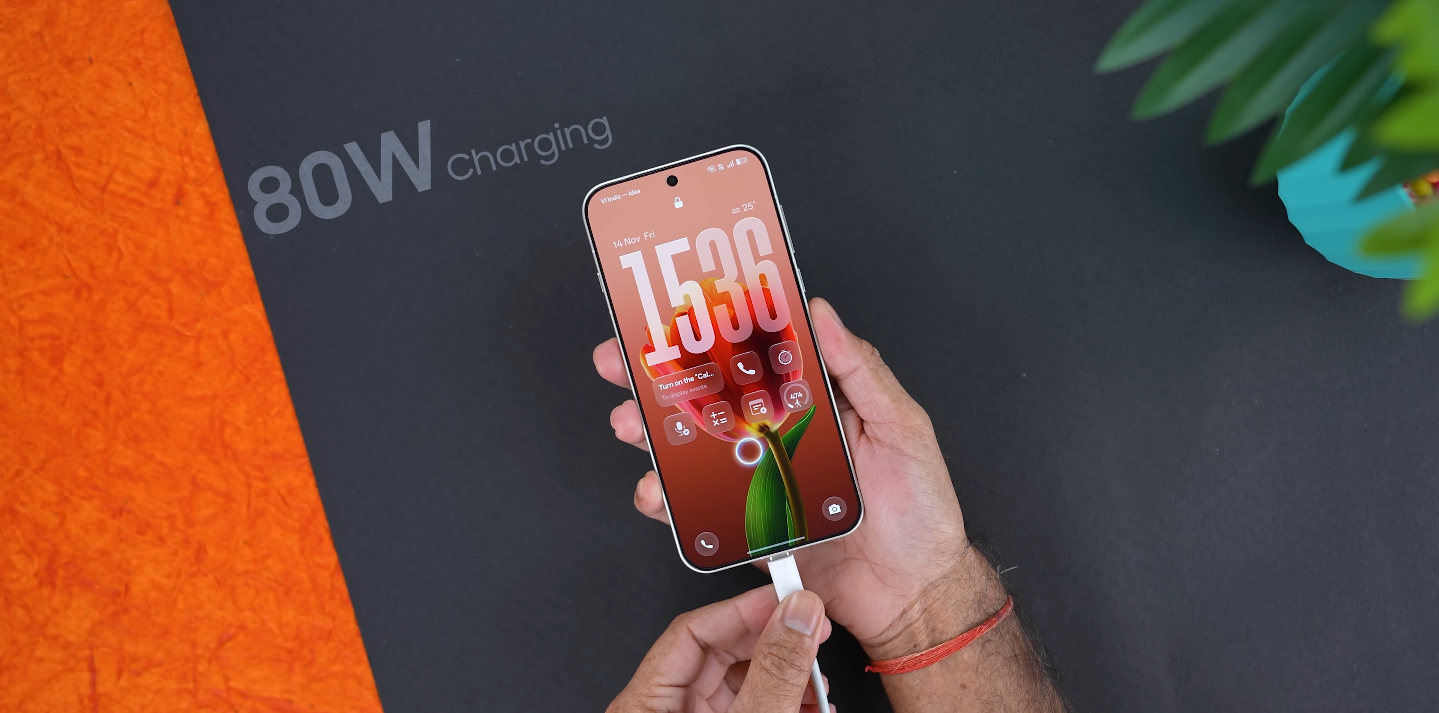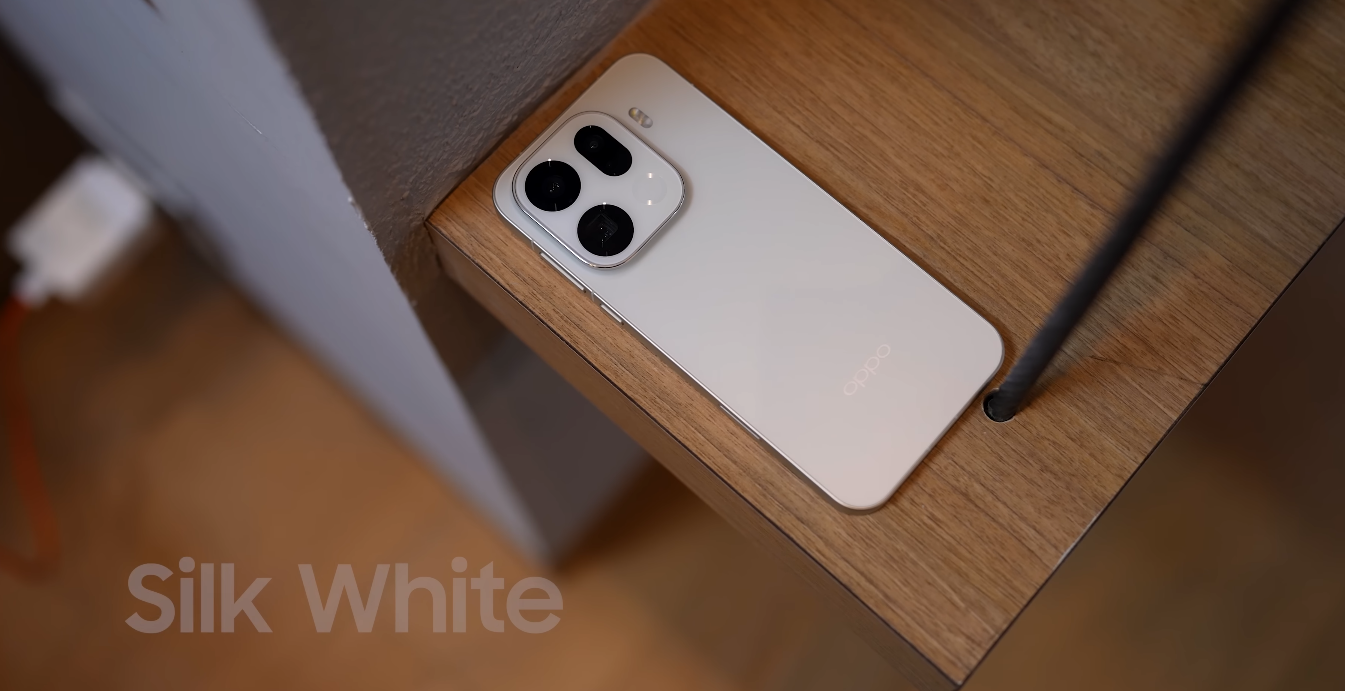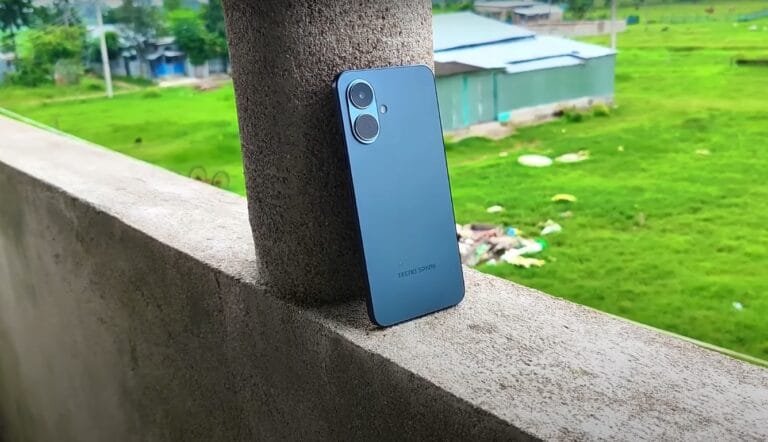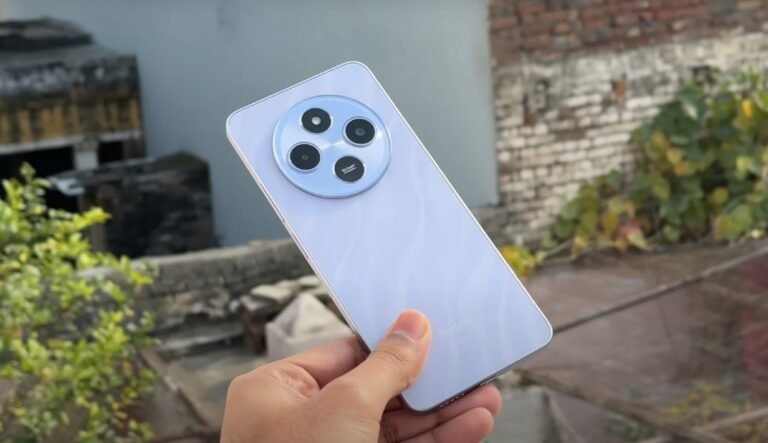OPPO Find X9 Pro camera stabilisation test: handheld zoom and video results

How stable is OPPO’s flagship during real-world shooting?
The OPPO Find X9 Pro brings a powerful blend of optical and electronic stabilisation, designed to deliver smooth footage even in challenging handheld conditions. With a high-resolution telephoto sensor and a refined image engine, the device aims to handle movement, zoom and low-light scenarios better than previous generations. This real-world stabilisation test examines how well the phone performs when used without a tripod or gimbal.
One of the biggest strengths of the Find X9 Pro is the stability of its main camera in everyday walking shots. When moving at a normal pace, the stabilisation keeps footage steady and reduces the small vibrations that typically appear during handheld recording. Panning across a scene looks smooth, and the camera corrects sudden movements effectively, offering stable results even in crowded or uneven environments.
The handheld zoom test highlights the capabilities of the large telephoto sensor. Up to moderate zoom levels, the clarity remains strong and the stabilisation system prevents visible shaking. Zooming between 1× and around 6× offers the cleanest and most reliable performance, with the device handling minor hand tremors well. This makes the phone suitable for capturing distant objects without needing additional support.

At higher zoom levels, the experience naturally becomes more challenging. As magnification increases, even small hand movements become more noticeable, but the Find X9 Pro still manages to keep the frame reasonably steady up to medium-range zoom. When pushing further into long-range zoom, shake becomes more evident, and holding the frame still requires more effort. While the results remain usable, such levels benefit from a steadier grip or external support.
Video recording in 4K resolution showcases the strength of the stabilisation system. Footage remains smooth whether walking, tracking moving subjects or capturing wider scenes. The device compensates for sudden jerks and changes in direction, producing professional-looking results. In fast-moving scenarios, the stabilisation still maintains control, making action clips appear fluid and free from distracting wobble.
The telephoto video performance delivers similarly strong results when used at moderate zoom ranges. Recording handheld at 3× or 6× produces stable and detailed footage, useful for sports, wildlife or distant street scenes. Beyond this range, natural limitations of handheld shooting start to appear, but the device does better than many rivals in keeping long-range telephoto video usable without accessories.
Low-light stability is another area where the Find X9 Pro performs impressively. Thanks to its large sensor and bright aperture, the camera gathers more light, allowing stabilisation algorithms to work effectively. Walking shots at night remain controlled with minimal blur, and the device manages both exposure and motion well. While noise can increase at extreme zoom, the main and telephoto sensors both maintain acceptable clarity for handheld night recording.
The wide-angle lens also benefits from stabilisation enhancements, making it suitable for capturing dynamic scenes or group footage while moving. Because ultra-wide lenses naturally reduce visible shake, the pairing of hardware and software delivers particularly smooth results in action scenarios. This makes the ultra-wide camera a strong option for cinematic movement shots.
For creators, the stabilisation performance in Pro Video mode adds versatility. Manual controls combined with stable output allow users to design more deliberate shots without relying on external rigs. Slow-motion recording also benefits from the built-in stabilisation, making sports, pets and fast-moving subjects appear sharp and controlled without requiring repeated takes.
Overall, the OPPO Find X9 Pro proves to be a reliable performer for handheld shooting. Whether capturing everyday clips, zooming into distant subjects or filming at night, the stabilisation system keeps footage smooth and steady. While extreme zoom still challenges any smartphone sensor, the device handles it better than most, offering a strong balance of clarity and stability. For users who record regularly without a tripod, this flagship stands out as one of the strongest stabilisation performers available today.






